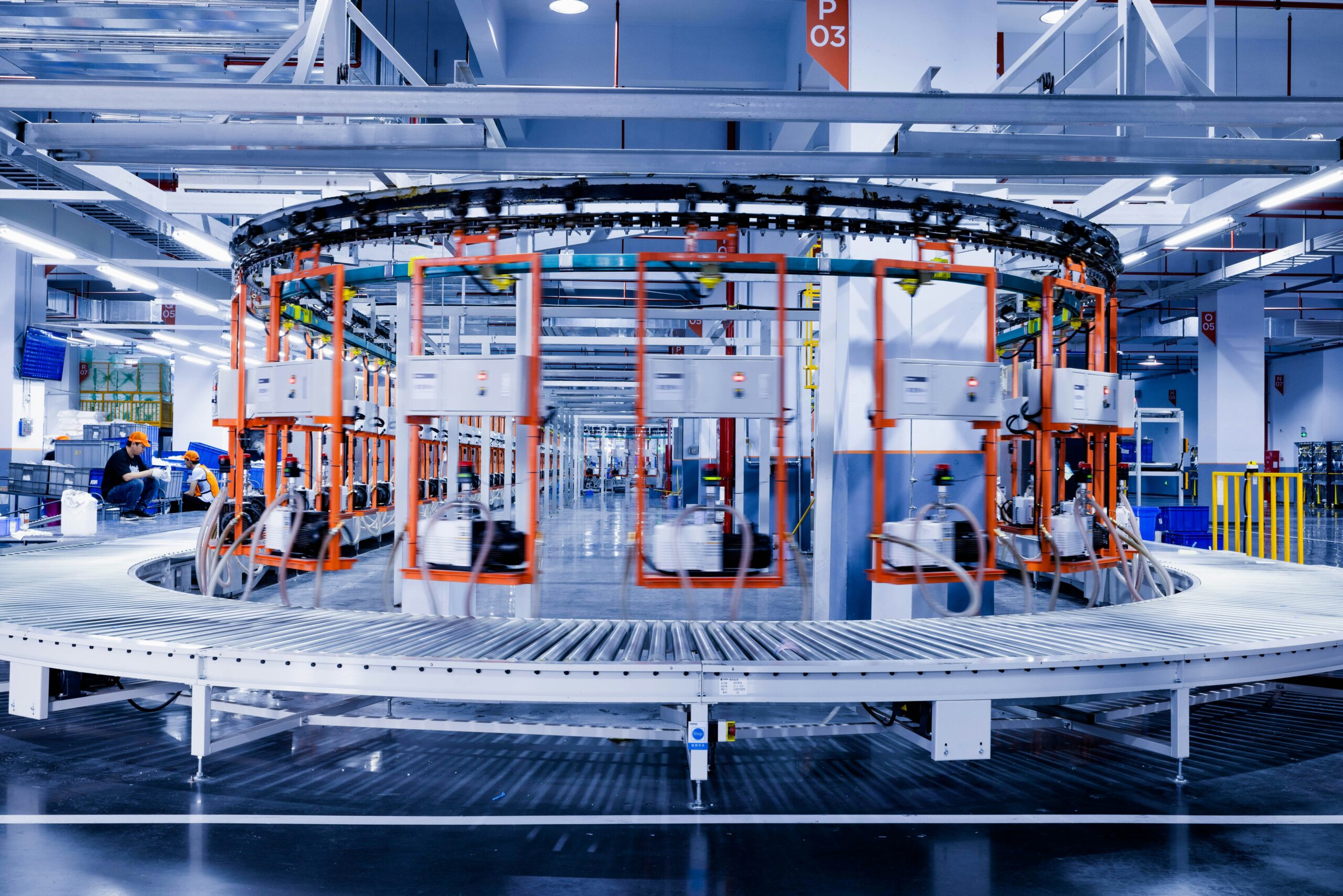
As the global economy continues to evolve, the United States finds itself at a crossroads in the future of manufacturing. Once seen as a stronghold of industrial production, much of the advanced manufacturing sector moved overseas in the latter half of the 20th century in search of lower labor costs and cheaper production. However, the tides are turning, and the concept of reshoring—bringing manufacturing jobs back to the U.S.—is gaining significant momentum. This shift concerns job creation, innovation, technological advancement, and economic resilience. The future of reshoring advanced manufacturing presents exciting opportunities for the United States to reclaim its position as a leader in innovation and economic competitiveness.
The Reshoring Trend: A Response to Global Shifts
The COVID-19 pandemic, for instance, revealed how dependent global economies are on foreign manufacturing, particularly in Asia. Moreover, technological advancements in automation, robotics, and artificial intelligence (AI) have significantly reduced the cost gap between manufacturing in the U.S. and abroad. These innovations enable companies to produce high-quality goods domestically at competitive prices. As a result, U.S. businesses are rethinking the cost-benefit analysis of outsourcing and increasingly recognizing the strategic advantages of reshoring. Reshoring allows companies to shorten supply chains, enhance production flexibility, and improve the security of their operations. With a focus on advanced manufacturing and innovation, the U.S. is poised to take full advantage of these shifts.
Advanced Manufacturing Technologies Driving Reshoring
A significant factor propelling reshoring efforts is the rapid advancement of manufacturing technologies. Automation and robotics, for example, have revolutionized production processes by increasing efficiency, reducing costs, and improving product quality.
Furthermore, artificial intelligence and machine learning are transforming how manufacturing facilities operate. AI-powered systems can optimize production lines, predict maintenance needs, and improve decision-making processes, making operations more efficient and responsive to market changes. These innovations allow manufacturers to remain competitive while producing goods closer to home. As advanced manufacturing technologies evolve, reshoring will only become more viable and attractive for U.S. companies looking to gain a competitive edge in the global market.
The Economic and Environmental Benefits of Reshoring
Reshoring advanced manufacturing offers significant economic benefits and helps address environmental concerns. By relocating production to the U.S., companies can reduce the ecological impact of extended supply chains and international shipping. Shorter transportation distances lead to lower carbon emissions, which aligns with the growing demand for sustainability in business practices. Moreover, reshoring can create green jobs in renewable energy, electric vehicles, and energy-efficient manufacturing technologies.
Challenges and Considerations for Reshoring
While reshoring offers numerous benefits, some challenges must be addressed to succeed on a large scale. One of the primary challenges is the cost of transitioning from overseas production to domestic manufacturing. Establishing new manufacturing facilities, investing in advanced technologies, and training a skilled workforce require significant upfront investment. Although government incentives can help mitigate some of these costs, companies may face financial hurdles that delay the reshoring process.
As such, workforce development and education programs must be expanded to meet the demands of restored manufacturing.
Looking Ahead: The Future of Reshoring in the U.S.
The future of reshoring advanced manufacturing in the United States is bright, driven by technological advancements, government support, and the growing desire for economic resilience. As more companies embrace automation, AI, and sustainable manufacturing practices, reshoring will become an increasingly viable option.
Looking ahead, reshoring will strengthen the U.S. manufacturing sector and position the country as a leader in innovation. The U.S. can reclaim its status as a global manufacturing powerhouse by embracing the latest manufacturing technologies and creating a skilled workforce. Reshoring advanced manufacturing and innovation will be key to the country’s efforts to remain competitive in an ever-changing global economy, driving economic growth and technological advancement.
The reshoring of advanced manufacturing in the United States is a pivotal development in the country’s economic and industrial future. With continued government support, innovation, and workforce development, the U.S. can build a robust manufacturing ecosystem that is competitive globally.